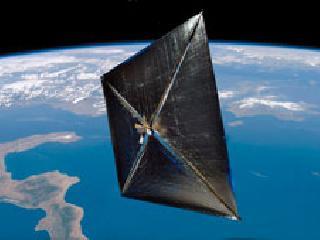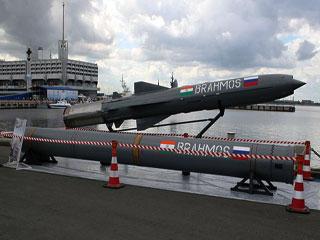
An artistic illustration of the solar sail in space. A NASA photo.
WASHINGTON (BNS): NanoSail-D - a NASA-designed tiny spacecraft that deployed the space agency's first solar sail in Low Earth orbit - has successfully completed its mission.
The spacecraft, about the size of a loaf of bread, was launched as a payload of the Fast, Affordable, Science and Technology Satellite (FASTSAT) on November 19, 2010 from Alaska.
The satellite then successfully ejected from its mothership - the free-flying FASTSAT - on December 6, 2010, to deploy its solar sail made of thin polymer material, much thinner than a single human hair.
The NanoSail-D's solar sail was successfully deployed on January 20.
After spending more than 240 days "sailing" around the Earth, performing well beyond expectations, the spacecraft burned up during reentry to Earth's atmosphere on Sept 17, NASA said.
The objective of the mission was to demonstrate and test the de-orbiting capabilities of a large low mass high surface area sail.
"The NanoSail-D mission produced a wealth of data that will be useful in understanding how these types of passive de-orbit devices react to the upper atmosphere," said Joe Casas, FASTSAT project scientist at NASA's Marshall Space Flight Center in
Huntsville, Alaska.
The flight phase of the mission successfully demonstrated a de-orbit capability that could potentially be used to bring down decommissioned satellites and space debris by re-entering and totally burning up in the Earth's atmosphere, the space agency said.
The team continues to analyse the orbital data to determine how future satellites can use this new technology.
 Previous Article
Previous Article Next Article
Next Article












The Indian Air Force, in its flight trials evaluation report submitted before the Defence Ministry l..
view articleAn insight into the Medium Multi-Role Combat Aircraft competition...
view articleSky enthusiasts can now spot the International Space Station (ISS) commanded by Indian-American astr..
view article